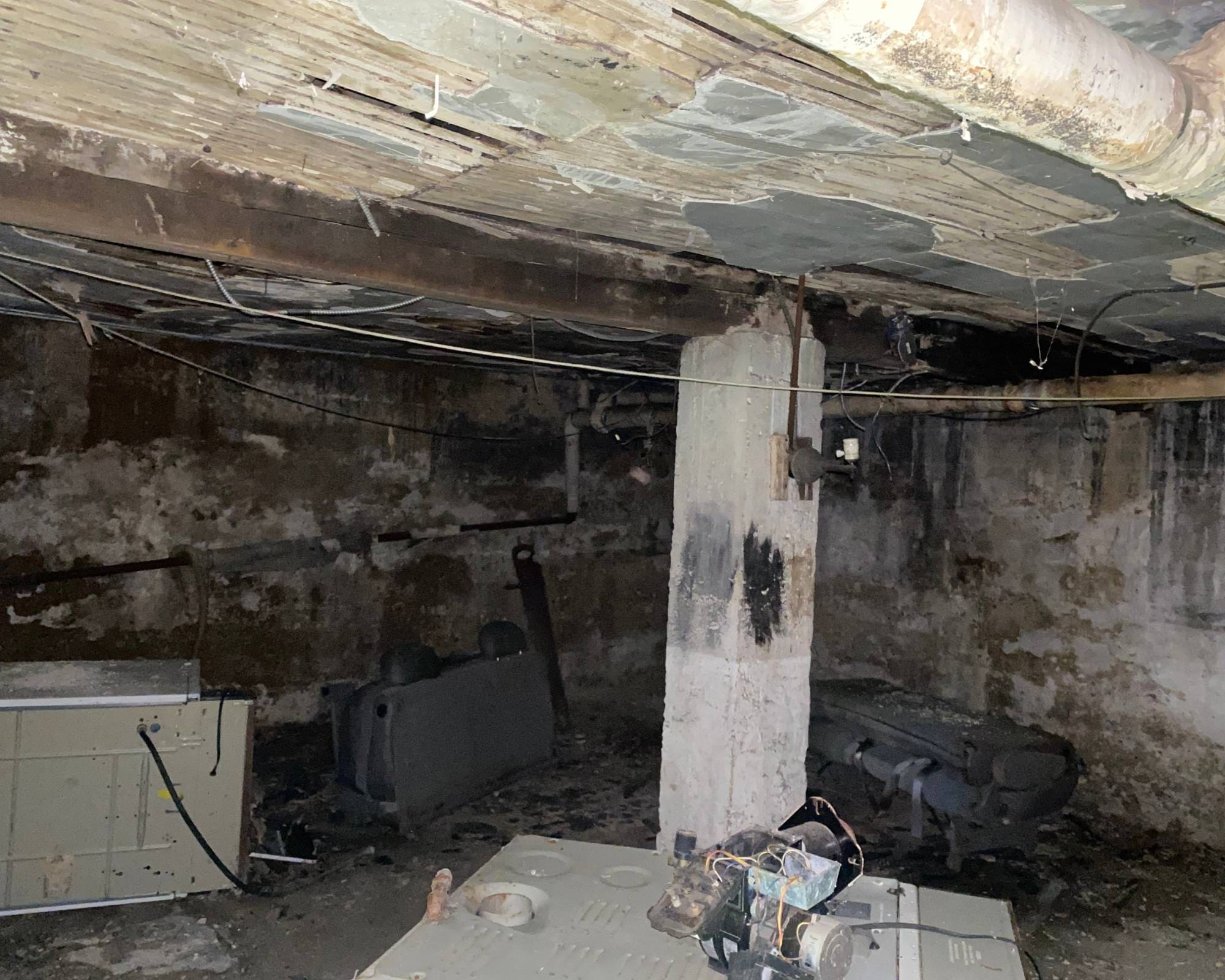Corporate buildings are an essential infrastructure for businesses. They provide space for employees to work, meet with clients, and conduct business operations. However, as these buildings age, they can become inefficient, outdated, and even hazardous. This is where restoration comes in. Restoration is the process of repairing, renovating, and upgrading buildings to improve their functionality, safety, and aesthetics. In this article, we’ll explore the benefits of corporate building restoration and how it can be an investment in both sustainability and energy efficiency.
The Benefits of Corporate Building Restoration
Improved Functionality
Corporate buildings that have undergone restoration are more functional and efficient. Restoration can include repairing or replacing outdated and malfunctioning systems such as HVAC, electrical, and plumbing. This often results in improved energy efficiency, reduced maintenance costs, and increased comfort for occupants.
Enhanced Safety
Restoration can also improve the safety of corporate buildings. This can include structural repairs, fire safety upgrades, and the removal of hazardous materials such as asbestos and lead paint. Ensuring that a building is safe and up-to-code can protect occupants from harm and reduce liability for the business.
Increased Property Value
Restoring a corporate building can also increase its property value. A well-maintained and functional building is more attractive to potential buyers or tenants, and can command higher rents or sale prices. This can result in a return on investment for the business.
Environmental Benefits
Corporate building restoration can also have environmental benefits. Restoring older buildings can reduce the need for new construction, which can have a significant impact on carbon emissions. Restoration can also include upgrades to energy-efficient systems and materials, such as insulation, windows, and lighting. This can result in reduced energy consumption and lower utility bills, which can benefit both the environment and the business’s bottom line.
Sustainable Restoration Practices
To maximize the sustainability benefits of corporate building restoration, it is essential to use sustainable restoration practices. This includes the use of environmentally friendly materials, such as recycled or renewable resources. It also includes minimizing waste by repurposing or recycling materials that are removed during the restoration process.
Another sustainable restoration practice is to incorporate energy-efficient upgrades into the restoration process. This can include installing insulation, upgrading windows to double-pane or triple-pane glass, or installing LED lighting. These upgrades can significantly reduce energy consumption, which can result in lower utility bills and a reduced carbon footprint.
Conclusion
Corporate building restoration can be an investment in sustainability and energy efficiency. By improving functionality, enhancing safety, increasing property value, and providing environmental benefits, restoration can have a significant impact on both businesses and the environment. By incorporating sustainable restoration practices, businesses can maximize the environmental benefits of restoration and reduce their carbon footprint.




